EPA Greenhouse Gas Reporting Rule PEM Comments (2023)
Recording of the public hearing on the proposed rule “Greenhouse Gas Reporting Rule: Revisions and Confidentiality Determinations for Petroleum and Natural Gas Systems (88 FR 50282) that was held on August 21, 2023. Comments made by PEM Inc.
https://youtu.be/BoBDJ6iY3jQ?feature=shared&t=4612
Comments submitted by PEM Inc.
EPA-HQ-OAR-2023-0234-0419_attachment_1
EPA-HQ-OAR-2023-0234-0194_attachment_1
CCUS Leakage Data Rate Product
Based on DOE, National Energy Technology Laboratory Cooperative Grant (DE-FE0001116; 2012 – 2014): Near Surface Leakage Monitoring for the Verification and Accounting of Geologic Carbon Sequestration Using a Field Ready 14C Isotopic Analyzer.
Contact PEM for additional information here.
Background PEM CCUS Leakage Rate Products
The primary objective of the PEM CCUS leakage rate product is to develop an unassailable automated system of systems (SoS) supporting an intelligent sensor network for leakage detection from a CCUS project that informs operators and stakeholders of decreased storage containment. For example, operational definitions to be defined based on the results of the proposed work for increasingly lighter values of D14CO2 indicate the mixing of modern tropospheric air with dead CO2 from injected ff-CO2. Multiple approaches across biogeochemical boundaries will be used to define baseline variations (e.g., 1 σ) incorporating two eddy covariance towers, repeated measures of multiple soil flux locations, extraction of CO2 from groundwater wells, and gas from soil probes. The methods employed will be integrated with continuous flow analyzers measuring CO2 and CH4 isotopologues including, 16O12O16O, 16O13C16O, 16O12C18O, 16O14C16O, 12CH4, and 13CH4. Intermittent collection of CH4 will be analyzed individually using flask collection for 14CH4 and 14CHD by Isotech Laboratories (Chicago, IL) a preferred PEM vendor.
The isotopic variations will be employed to define detection levels of leakage (e.g., tons ff-CO2 yr-1) and corresponding storage permanence relative to a 1000-year reference containment period (e.g., 100%, 99%, etc.). The suite of isotopologues and their direct correspondence to source gas identity and isotopic fractionation (e.g., kinetic, equilibrium) represents an advancement beyond what has thus far been achieved in the field. The resulting patterns of data relative to conditions may provide an interpretative framework across diverse CCS sites. The potential power of this approach is described briefly below and in manuscripts in preparation (Marino 2016a,b,c) attached in Item 12. The range of molecular species is also employed to explore differentiation between ff-CO2 and potentially confounding CO2 originating from coal seams that are also present in the area. The two-system eddy covariance integrated with the GMP continuous flow analyzer should also detect dead CO2 from outside of the immediate EC area. As described in the PEM field plan (available upon request), air will be sampled from two heights providing further possible identification of air masses from areas outside of the CCS environment. The rationale for employing continuous 13CH4 measurement is based on the wide variation of CH4 sources relative to 13C composition representing thermogenic and biogenic gas also present in coal seams (e.g., C1/(C2+C3) versus d13C CH4 ‰) and likely to be present in many CCS environments (e.g., Humez et al. 2015; Bustin & Bustin 2016). A C2-C7 analyzer will be employed for methane comparisons on one of the EC platforms. Values for 14CH4 and 14CHD although available as single samples will further differentiate methane sources (e.g., Wahlen et al. 1989). The EC systems will be configured with automated, controllable solenoid valves to incorporate calibration runs for all analyzers. This work will be performed by PEMs’ highly experienced team in electro-mechanical systems engineering and with eddy covariance. Also to be deployed in the project are adsorbent cartridges for selective collection of CO2. The products are manufactured by Radeco Inc. and are designed to be passively deployed for varying amounts of time or can be deployed with high-volume calibrated air samplers. The cartridges are routinely analyzed by AMS or other means and were developed for sampling air in nuclear power and nuclear materials areas. Given that long-term surveillance will be needed over the lifetime of a CCS project the objective is to calibrate this product within the project site relative to the AMS analyses that will be taking place. The cartridges are of minor cost and are covered by the supply budget. The large amounts of data, as described in the PEM Data Management Plan (available upon request), will be processed and made available for inversion model analysis by one or more expert groups TBD upon project initiation.
